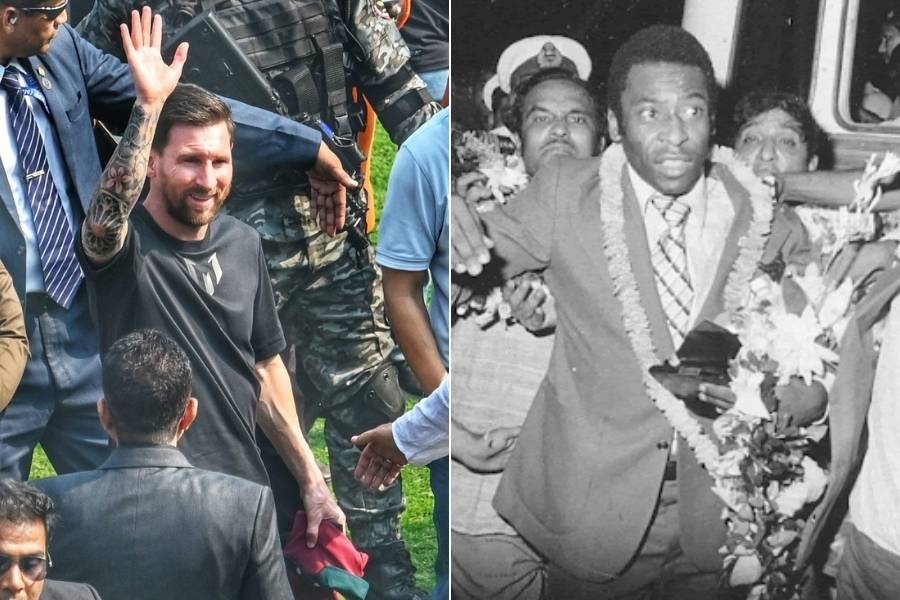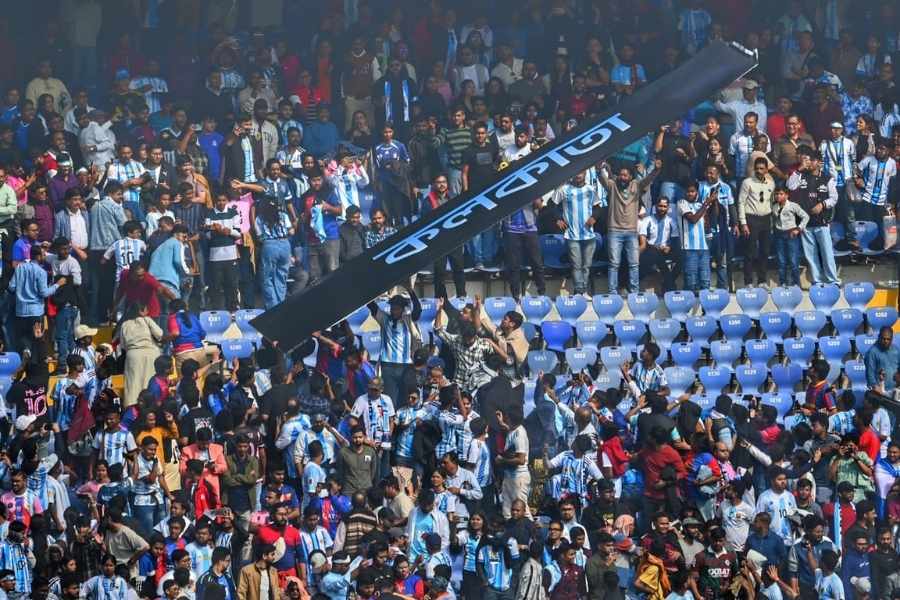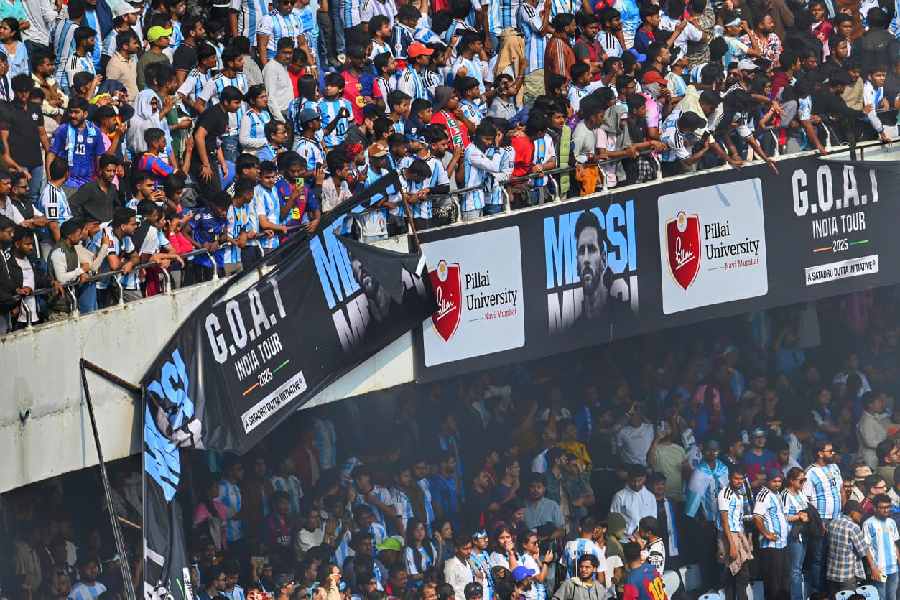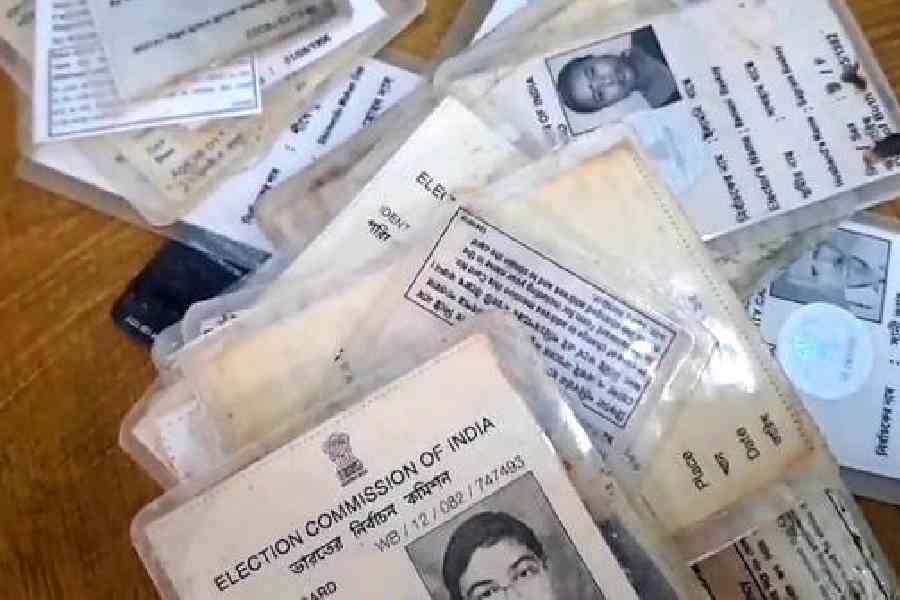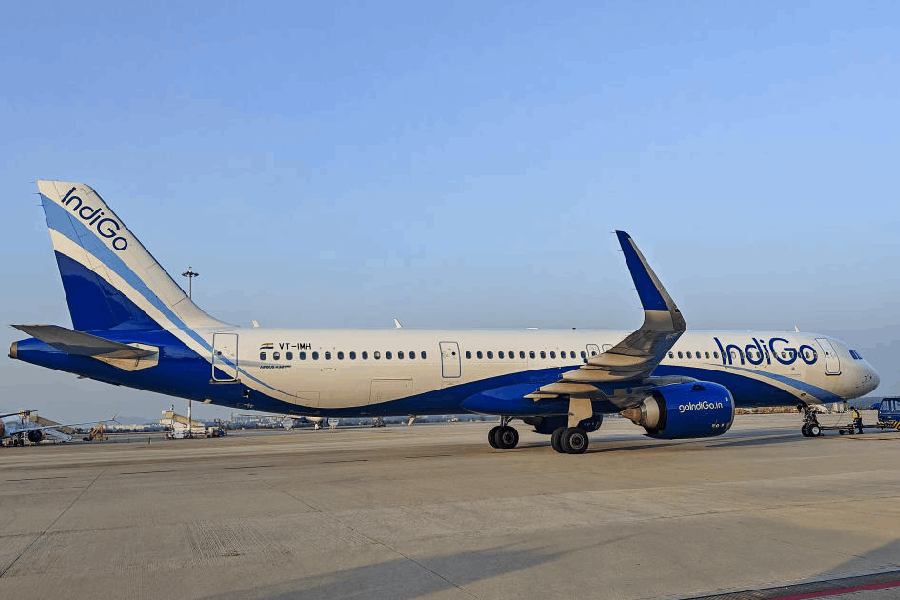Batman may have nothing to do with Indian politics, but that hasn't stopped an Internet joke from linking the two. Joker asks Batman, 'Do you know how I got my scar?' The superhero replies, 'Abki baar Modi sarkar' (This time, Modi's government).
Such jokes and Facebook memes on the Bhartiya Janata Party's flagship pre-election campaign slogan — where it's been rhymed with everything from 'Twinkle, twinkle, little star' to 'Arvind Kejriwal's WagonR' — have gone viral in the Indian social media.
The joke may have been on the BJP, but it was Narendra Modi who laughed all the way to the prime minister's hot seat. And as post-poll analysts figure out the reasons for the party's thumping electoral victory, the focus is turning to the BJP's high-decibel advertising campaign — which churned out slogans- a-minute to woo the voter.
Slogans and elections go together. Indira Gandhi's rallying cry of 'Garibi Hatao' — remove poverty — during the 1971 elections and Lal Bahadur Shastri's nationalistic 'Jai Jawan, Jai Kisan' (Hail the soldier and the farmer) are still recalled. And slogans don't crop up only in India during election season — US President Barack Obama's optimism-laced 'Yes, We can' was a veritable part of his 2008 campaign.
The BJP's 2014 war cry of 'Abki baar Modi sarkar' also seems to have become a part of the national lexicon. 'The line did well with voters because the political environment demanded firm leadership. With the former Prime Minister perceived as weak, all solutions for India's woes seemed to be hooked onto the tails of a strong leader,' Harish Bijoor, brand expert and CEO, Harish Bijoor Consults, explains.
Brand consultant Santosh Desai, however, is not giving the slogan any prizes for creative genius. 'Deconstruct the line and you find it says nothing. It's a recycled slogan (the BJP campaign line in the 1999 elections was 'Abki baari, Atal Bihari') that held out no promises, no plans,' he says. 'It was rehashed and rhymed with everything from bazaar to cigarette tar.'
But the BJP slogan — despite all the jokes — hit the airwaves and went viral, which the Congress slogan — 'Main nahi, hum' (Not I, but Us) — did not. It fell flat because voters were not looking for such a generic option, Bijoor adds.
The BJP's media managers, clearly, read the ground realities astutely. Sushil Goswami, founder, Kaknoos, a Delhi-based creative agency, recalls the brief issued for the six radio spots he created: Keep it simple. 'Every Indian had to get the message loud and clear,' Goswami adds.
One 30-second audio ad was a phone conversation between an Indian and a woman who introduced herself as Corruption. Corruption was upset because she had to leave India as Modi was coming to power. 'The ads were made dramatic to ensure high recall,' Goswami explains.
Pranay Khadatkar, founder, Teknowgen, a Pune-based graphic designing firm, also kept the drama quotient high in the four animated video advertisements the company created for the BJP's social media campaign. 'Since the ads were targeted at the youth, we centred them on cricket,' Khadatkar says.
During brainstorming sessions, Teknowgen's creative team picked themes they felt would make for quirky advertising — scams, a weak Congress leadership, Manmohan Singh's ability to stay silent in any storm and Arvind Kejriwal's knack for sitting on dharnas. One video showed Kejriwal on a dharna on a cricket pitch. Another had a bowler trying to bribe the umpire to give a decision in his favour — before a lotus popped up, promising change. 'The message was deliberately in your face, not subtle, so no one missed it,' Khadatkar says.
Besides Kaknoos and Teknowgen, the BJP got on board two top-billed ad agencies — Soho Square, helmed by adman Piyush Pandey, and Prasoon Joshi's McCann Worldgroup — to drive its pre-election advertising campaign. Madison World handled media planning.
-


Word's worth: Anuraag Khandelwal and (above) Sushil Goswami
'Our brief was to connect with every citizen, show the BJP as the answer to all problems and project Narendra Modi as the leader,' says Satish deSa, executive creative director, Soho Square, Mumbai.
While Joshi penned the BJP anthem Saugandh mitti ki, Soho Square created slogans to mark the two phases of the campaign — anger and hope. Phase one had people voicing their problems, with 'Janta maaf nahi karegi' (people will not forgive) as the tagline. Phase two showed the light -— with 'Achchhe din aane wale hain' (Good days are around), deSa explains. All ads signed off with, 'Abki baar Modi sarkar'.
In the run-up to the Lok Sabha elections, voters were carpet bombed with saffron advertising spanning television, cinema, print, hoardings, radio and the Internet. Caller tunes of the party anthem were available for downloads on mobile phones. 'There were ads done specifically for different constituencies, including Bihar, Varanasi and Amethi,' Anuraag Khandelwal, Soho Square's creative head, says.
He recalls how his team stayed on its toes during the campaign. 'There were times we received a brief in the evening and rolled out ads the following morning. The campaign kept evolving,' he says.
The Congress, on the other hand, stuck to a uniform advertising strategy revolving around its central slogan, 'Har haath shakti, har haath tarakki' (Power and progress for every hand). Dentsu India, the agency that created the party's ad campaign, is not discussing details. 'We created and executed the campaign as per the brief provided by the client,' Rohit Ohri, executive chairman, Dentsu India, says.
Political campaigns, Ohri adds, need more than just advertising to succeed. 'An election campaign is a mix of various factors working together to influence voters — advertising is just one.'
Although the BJP is not talking numbers, industry watchers believe the party's media campaign ran up a huge bill. 'It was a blitzkrieg, with Modi looming over the whole country,' a media planner says. He estimates the BJP spent four times as much as the Congress on its campaign. The party reportedly booked 15,000 hoardings across India and blocked front page ad space across national and regional dailies.
Adman Desai believes it was the sheer quantum of advertising — more than content — that worked for the BJP. 'Voters simply got used to the idea and even started believing the hype, through sheer repetition of the images and slogans,' he says.
The BJP campaign also raises question about the importance of advertising in a political campaign — just as advertising can make people want a particular brand of chocolate or cereal, can an aggressive media campaign make people choose a particular leader?
Rajiv Desai, CEO, Comma Consulting, doesn't think so. 'You cannot communicate a complex set of political ideas through advertisements. It has to be supplemented by other modes like public relations, events and rallies,' he says.
Desai, however, agrees that advertising has played a peripheral role in India's political campaigns. 'The Indian elections have always been fragmented, with no national narrative,' he says. But 2014 was different. 'This time Modi was the focus of the campaign. In such presidential-style politics, advertising has benefits,' he says.
The experts stress that a slogan cannot work on the strength of the words alone: the 'product' has to excite the consumers. BJP minister Sushma Swaraj endorsed that in Parliament earlier this week. When Congress's leader in the Lok Sabha, Mallikarjun Kharge, said the BJP was good at marketing and propaganda, she replied that the Congress's 'product' was not marketable. 'Let us be clear that the product should be good. If it is not, then marketing will make no impact,' she said.
Agli baar, ad war?



